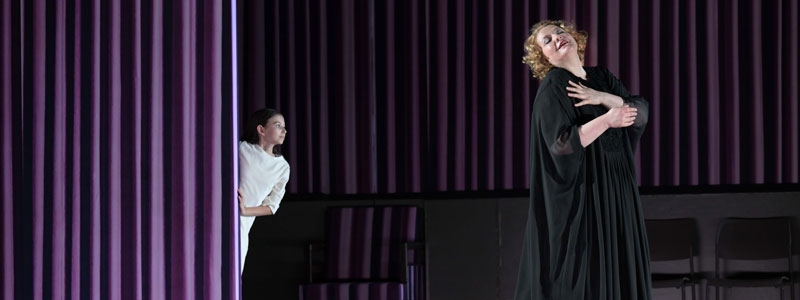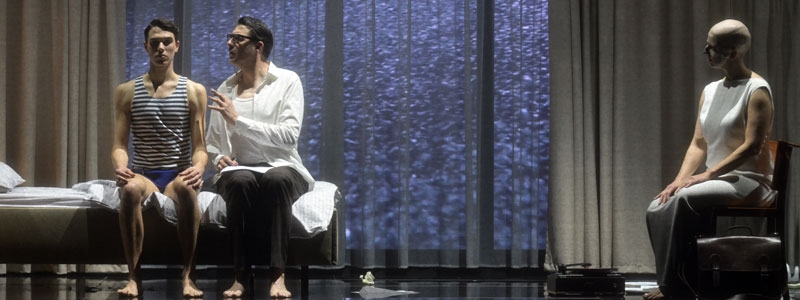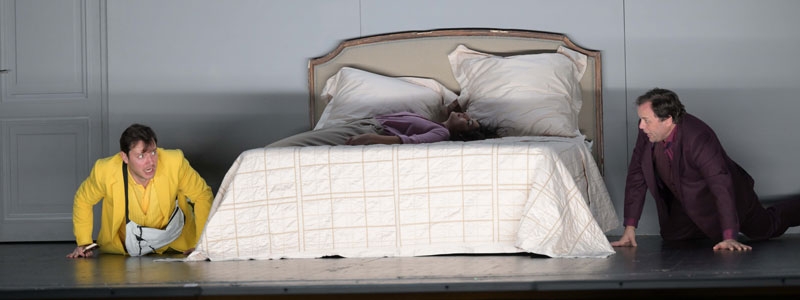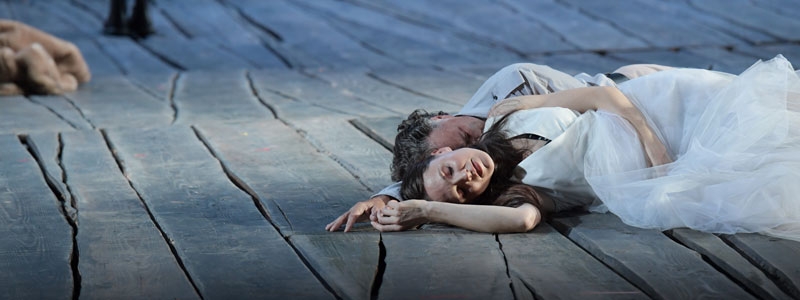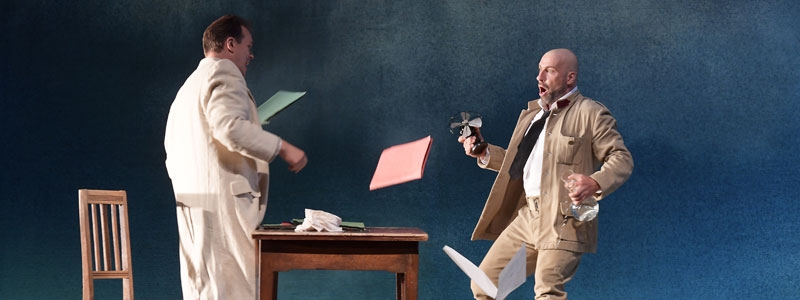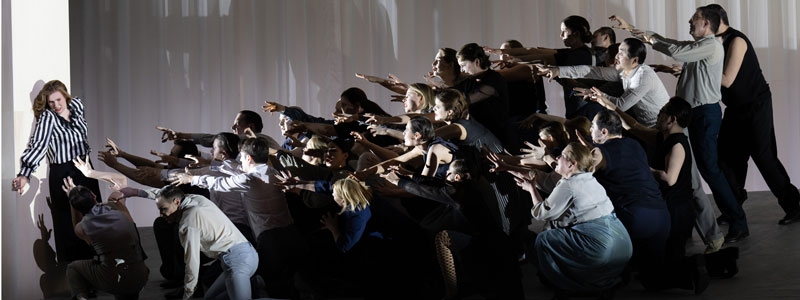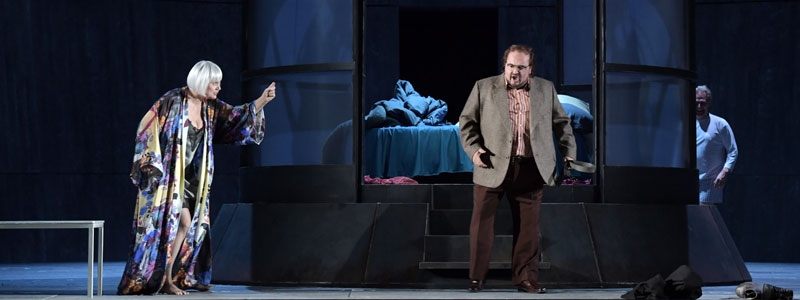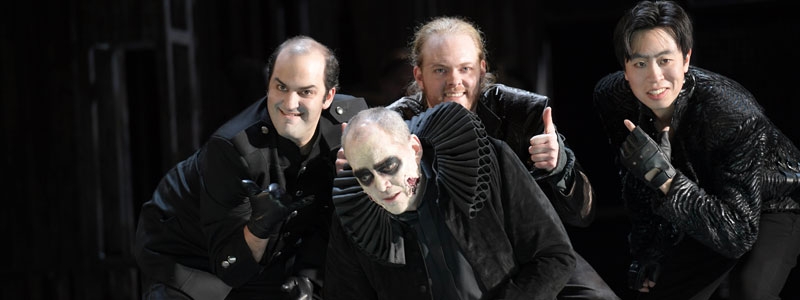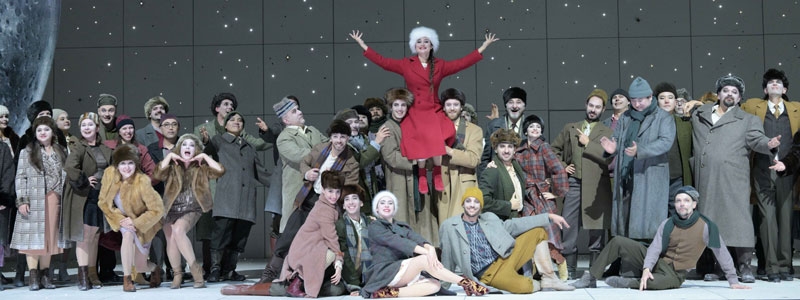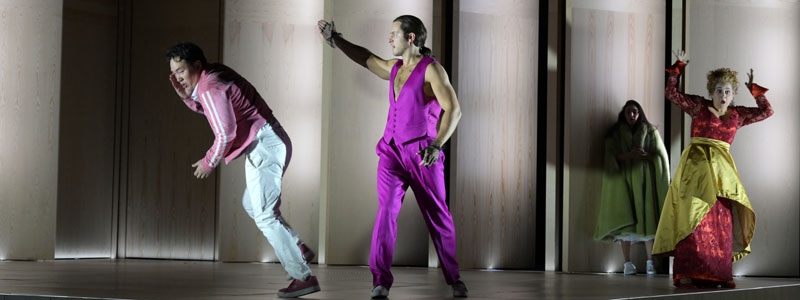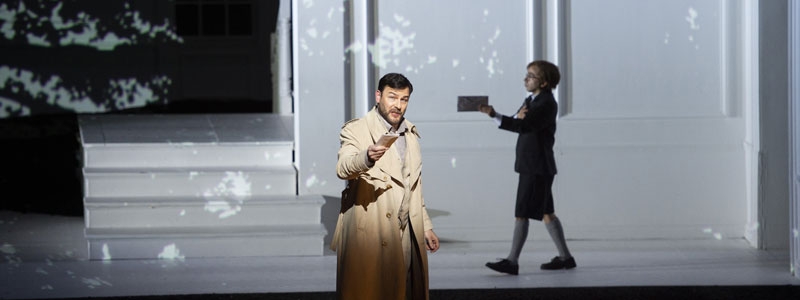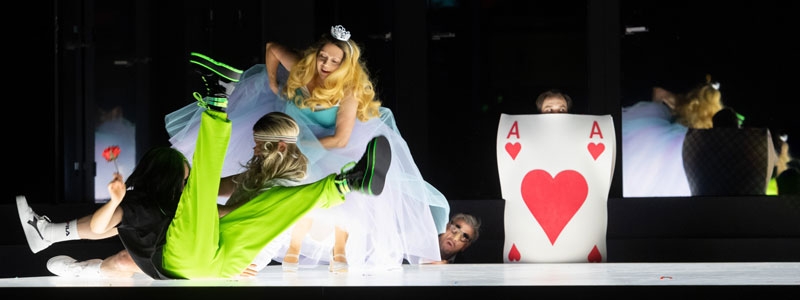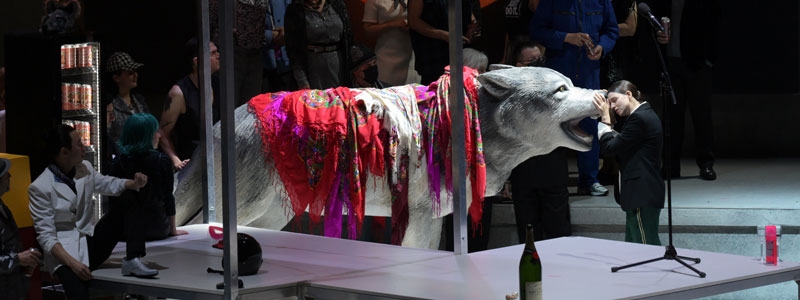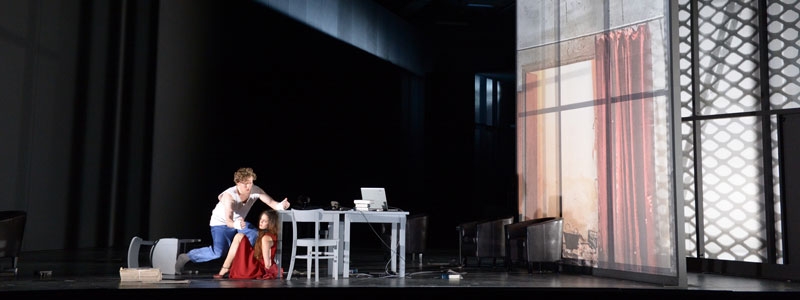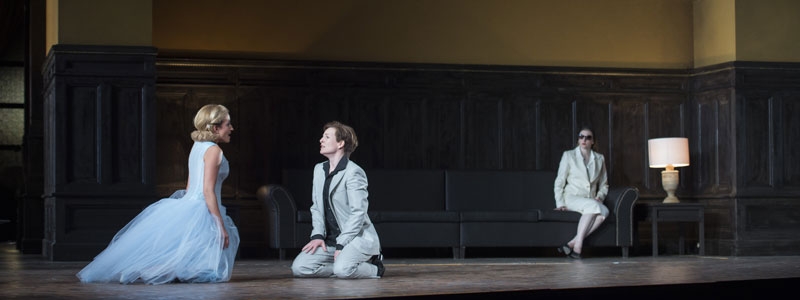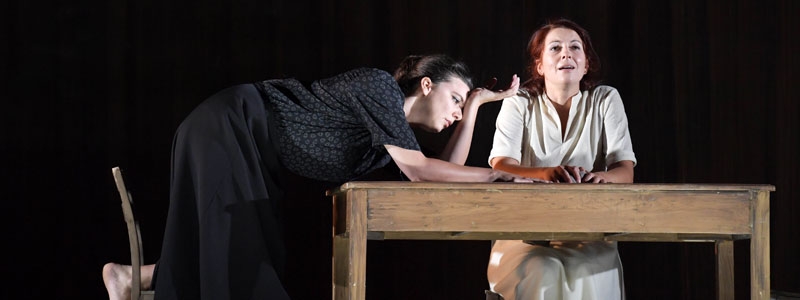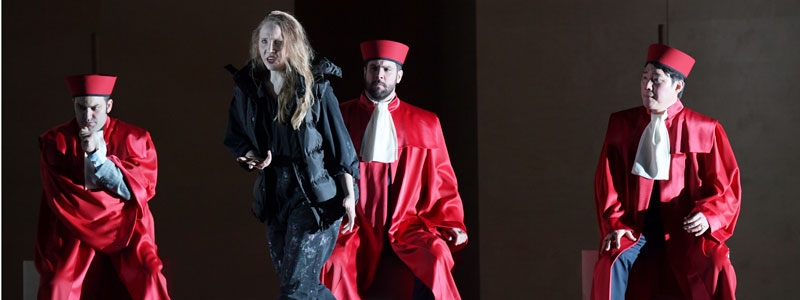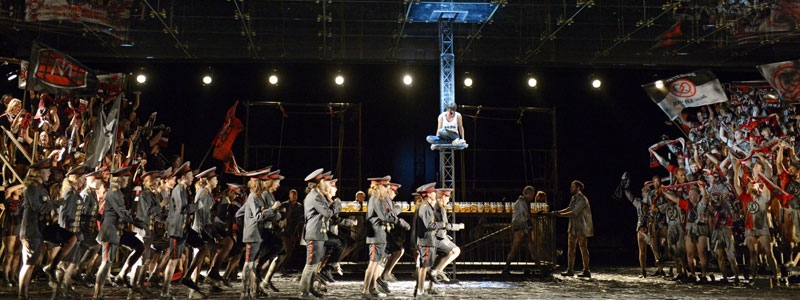Lulu
Alban Berg 1885—1935
Opera in 3 acts
Libretto by the composer after Frank Wedekind
World premiere June 2 1937, Stadttheater, Zürich
3 act version, completed by Friedrich Cerha, first seen 24 February 1979, in Paris
Sung in German with German & English surtitles
Introductory talks (in German) begin in the Holzfoyer 3o mins before curtain up, and appear here shortly after opening night
There's a chamber music concert at 11am on December 8, inspired byLulu
Lulu's uniqueness challenges the norm. Is she real person, a mythological figure or a figment of men's imagination? An innocent victim or a destructive demon? She’s none of these things yet all of them. This feral, vulnerable, creature’s struggle with the world, during which she’s appropriated and exploited before being murdered, began when she was dragged out of her element.
Alban Berg started working on Lulu, based on Frank Wedekind‘s tragedies Earth Spirit & Pandora’s Box, in 1928, but never finished it. When the composer died in 1935, acts 1 and 2 were complete, but only a piano score, with instrumental instructions and about a third of Berg’s instrumentation, remained for act 3. The world premiere of this torso took place in 1937 in Zurich, and the completed version, by Friedrich Cerha, about 40 years later at the Opéra in Paris.
Berg’s score for Lulu grew symmetrically following in the steps of twelve-tone technique invented by his teacher Arnold Schönberg, to whom he dedicated the opera. While the main roles are characterised using leitmotifs, Berg played with a diversity of sounds and musical forms, which he combined with interludes, melodramatic and recitative passages into one big whole. This enabled his music to develop its own expressivity and bring deep insight into the characters’ psyche. An opera to revolutionise opera.


